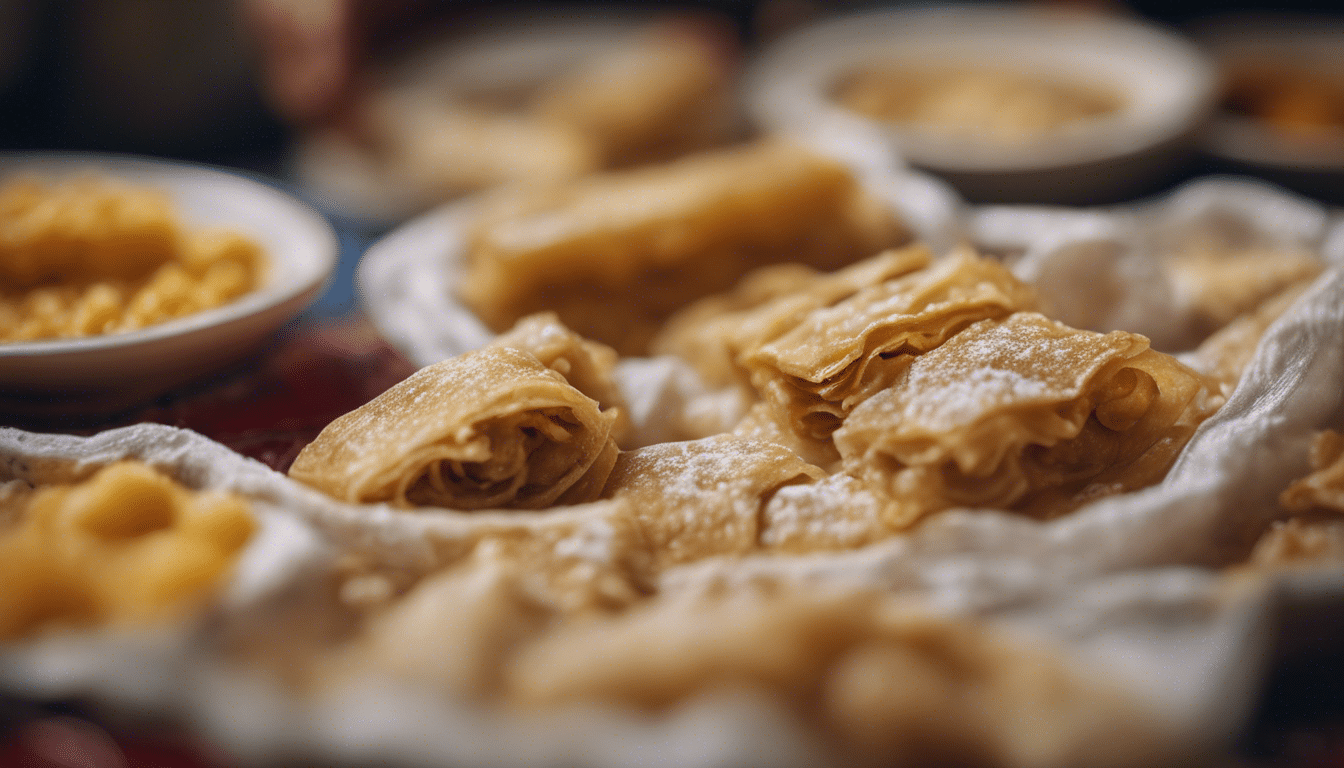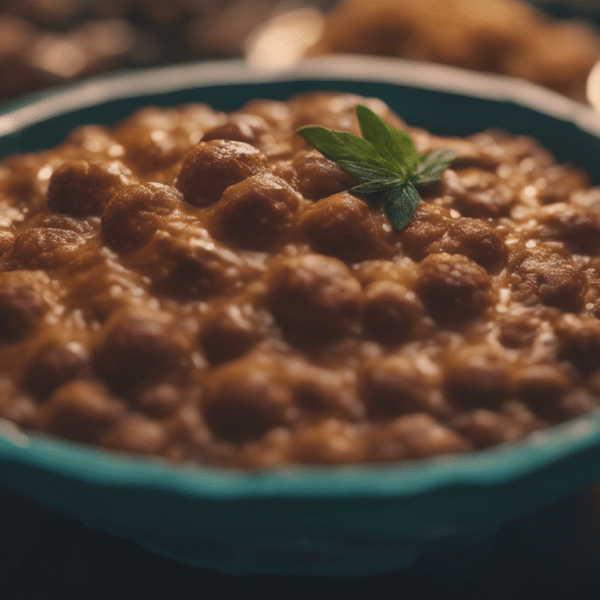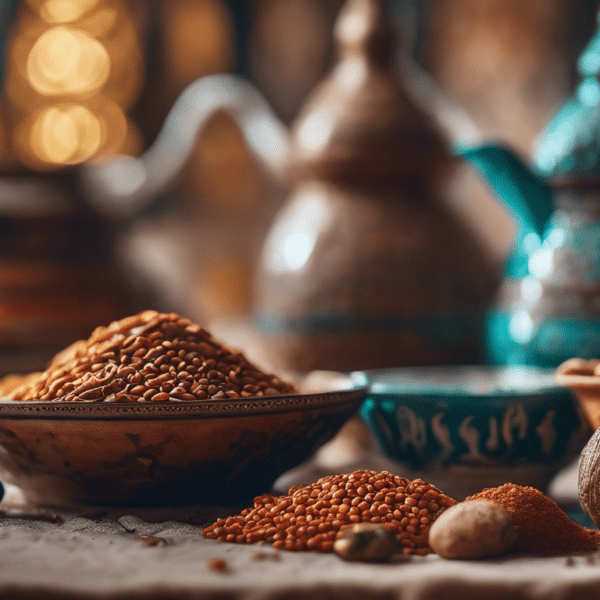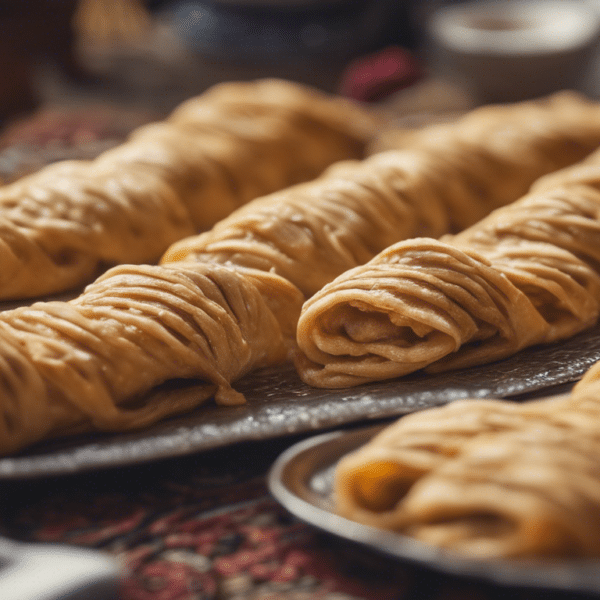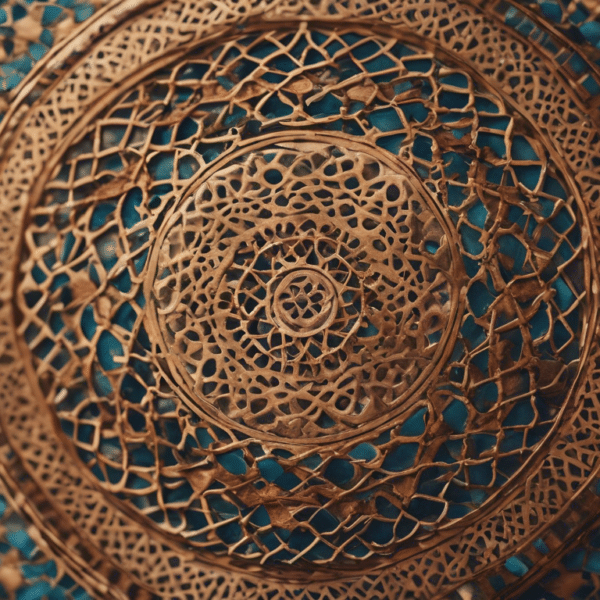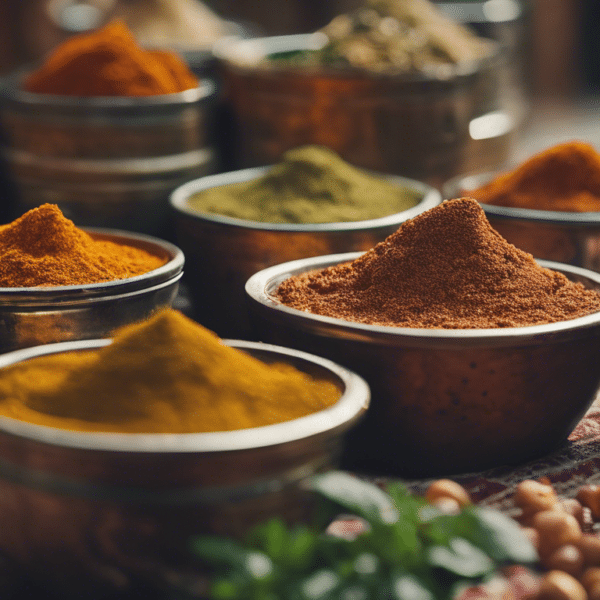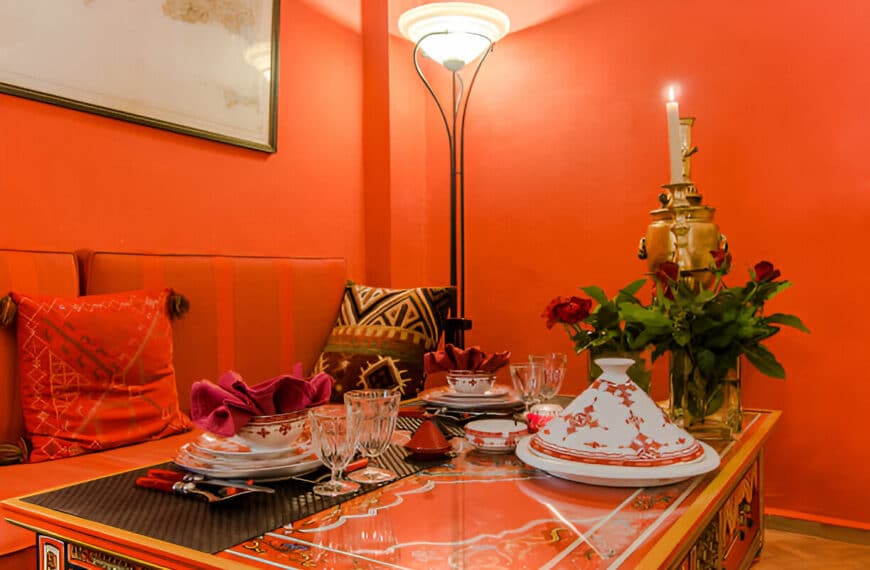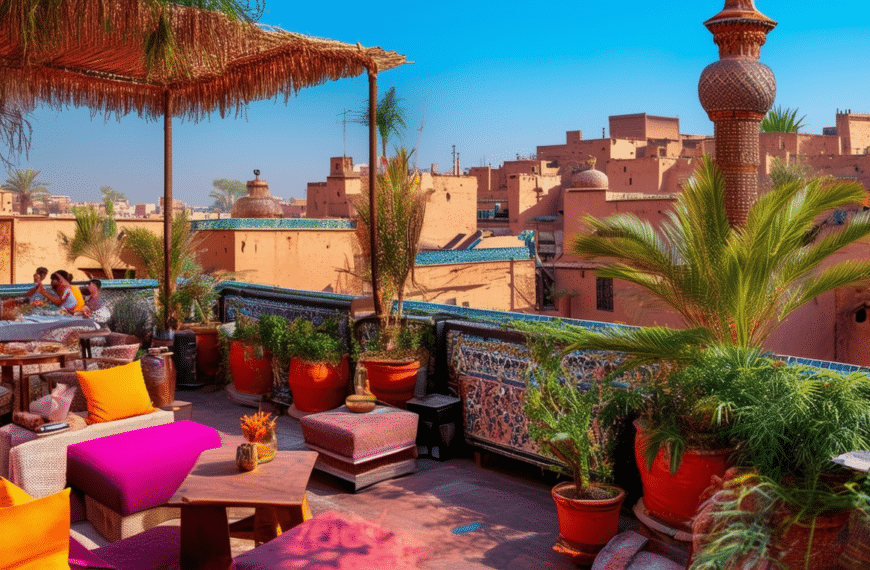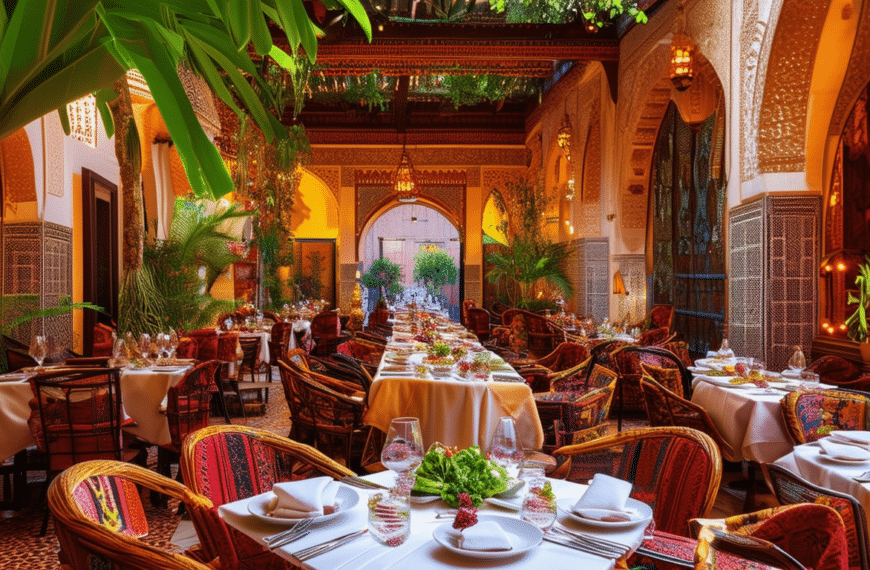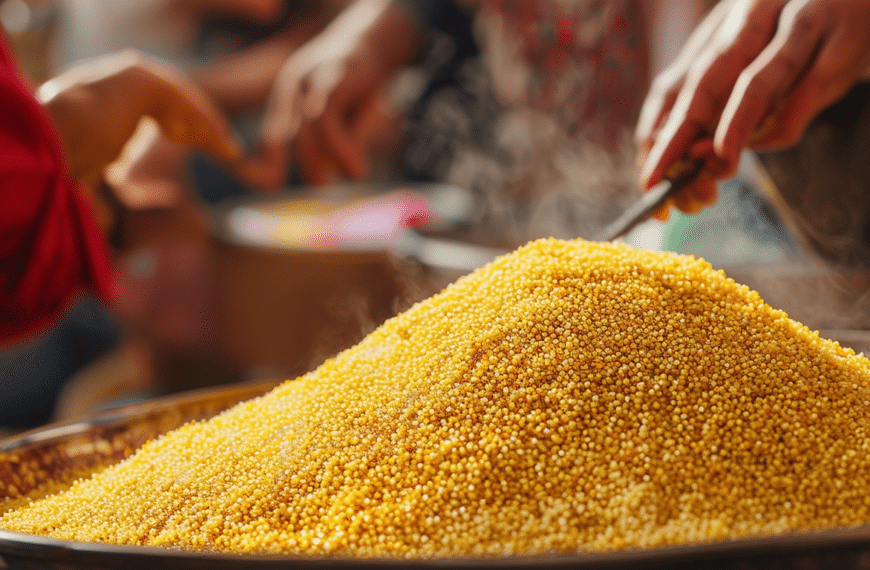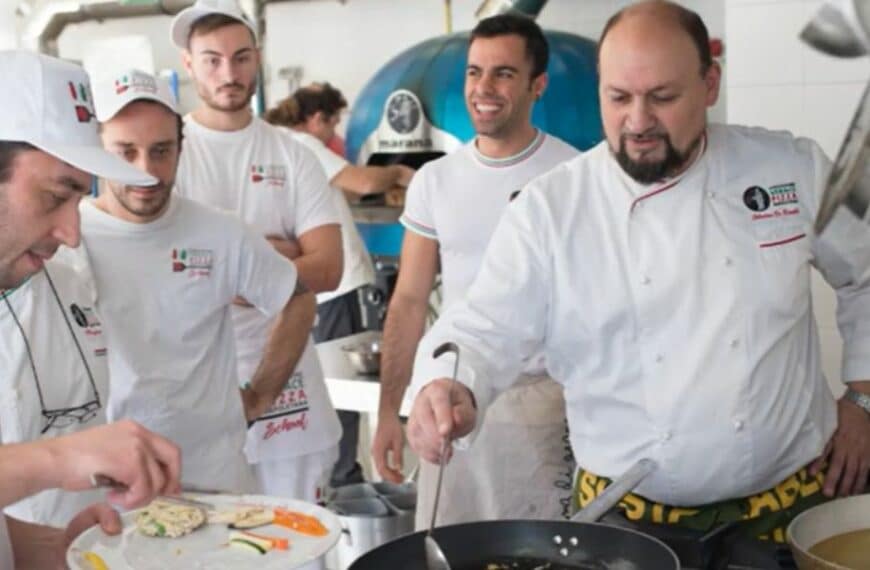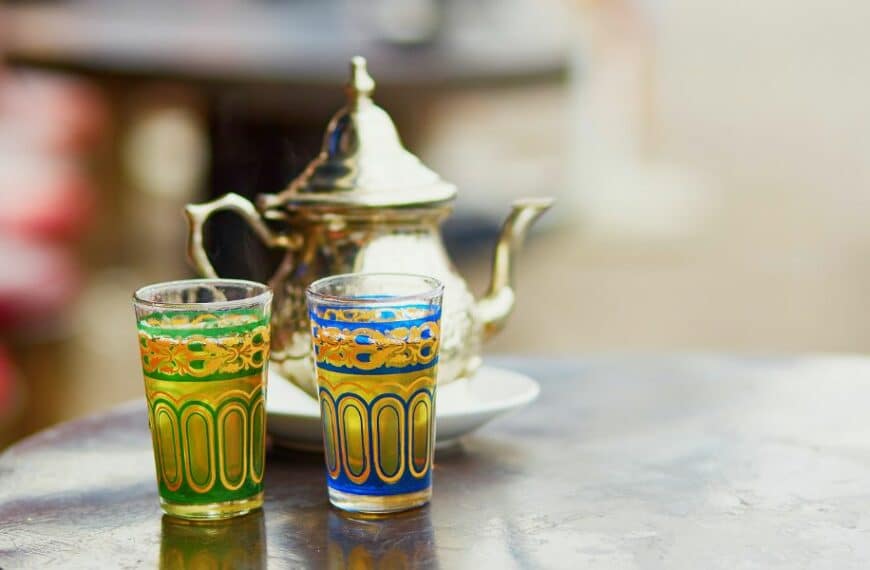The art of Moroccan cuisine is as vibrant as the bustling souks of Marrakech and as exquisite as the intricate zellige that adorn the palatial riads of Fez. Among the stars of this rich culinary tradition stands the Pastilla, a sumptuous delicacy that enwraps the essence of Morocco in each flaky layer. Let us embark on a savory journey through the heart of traditional Moroccan Pastilla fillings, where each bite is a harmonious symphony of flavors.
Pigeon: The Emir of Elegance
In the realm of authentic Moroccan Pastilla fillings, the traditional use of pigeon is akin to royalty, offering an opulent flavor steeped in history. This noble bird is gently stewed until tender and lovingly nestled within the light, buttery phyllo, each layer a testament to the affection and dedication poured into the dish. Accented with exotic hints of saffron, ginger, and a whisper of cinnamon, the pigeon pastilla stands as a meal befitting the grandeur of Moroccan culinary artistry.
Chicken: A Dance of Delight
Perhaps more accessible but not any less beloved is the classic chicken filling. A marriage of succulent chicken pieces with the sweet melody of ground almonds, the aroma of this pastilla promises a feast for the senses. The addition of earthy spices such as turmeric and ras el hanout, combined with the surprising crunch of fried almonds, transforms this dish into a festive celebration upon one’s palate.
Seafood: Ode to the Ocean
Venture to the Moroccan coastline, and the Pastilla adopts the treasures of the sea. The seafood version is a captivating ensemble of shrimp, calamari, and sometimes, delicate fish, all swathed in a medley of herbs and lemon zest, bringing forth the zesty whisper of the Mediterranean. A sprinkle of capers and the embrace of coriander and parsley culminate in a filling that is as refreshing as a sea breeze on a warm day.
Vegetarian: A Green Revelation
The Pastilla exhibits its versatility by also offering a vegetarian option, which is a vibrant mosaic of seasonal vegetables, roasted to perfection, and layered with fragrant herbs. Here, sweet carrots, zucchini, and bell peppers mingle with the robust textures of lentils or chickpeas, creating a colorful tapestry rich in nutrients and soul-nurturing flavors.
In each Pastilla lies an intricate weave of flavors, a testament to the celebratory spirit of Moroccan gatherings. Whether it be pigeon, chicken, seafood, or vegetables, the fillings enveloped within this flaky pastry resonate with the essence of Moroccan hospitality. So when you next have the pleasure of breaking through a Pastilla’s golden crust, remember that you are not merely enjoying a meal. You are partaking in a storied tradition, a rich culinary ritual and, above all, an act of love deeply rooted in the warm heart of Morocco.
The Origins of Moroccan Pastilla
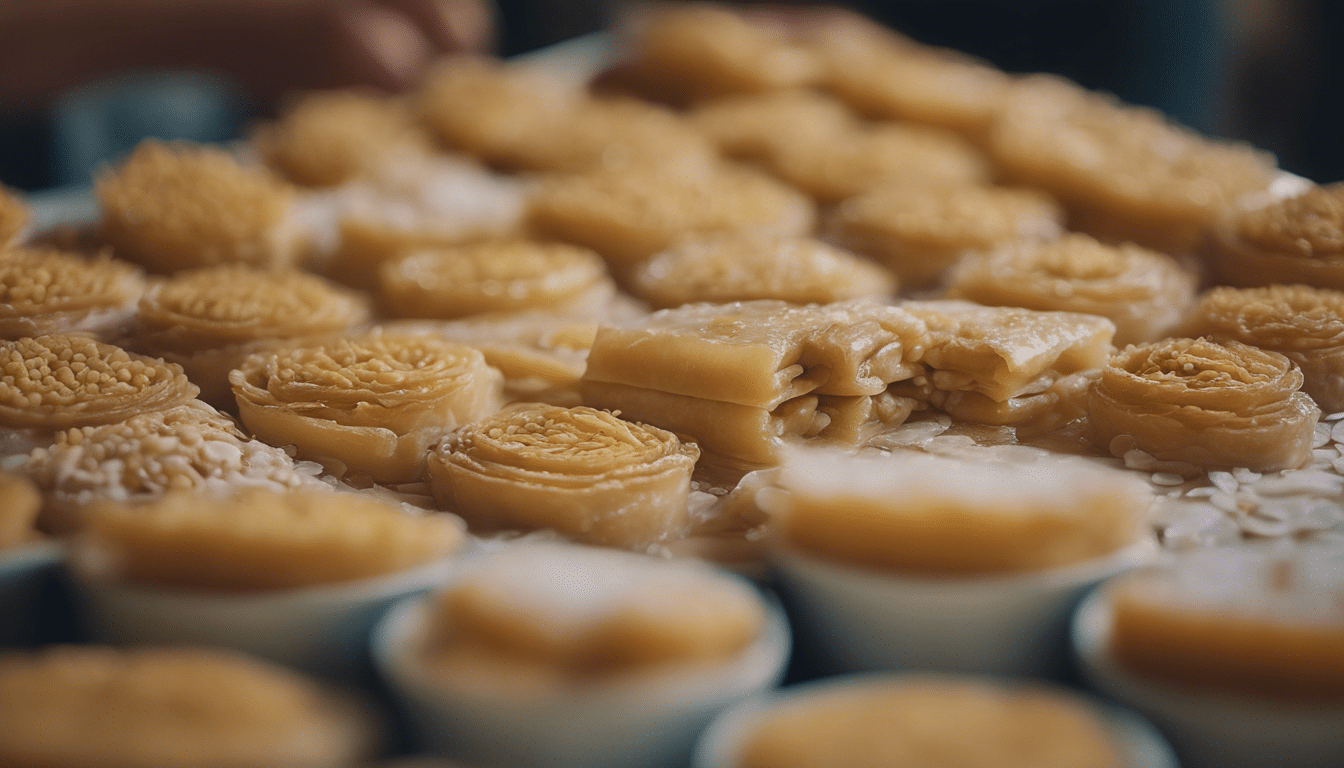
The art of Moroccan cooking is an odyssey of scents, flavors, and textures, where the Pastilla stands as a crowning dish that enchants the palate with its majestic symphony of tastes. To truly appreciate the present-day Pastilla, with all its creative fillings, one must embark on a journey through its rich history, exploring the tapestry of influences that shaped this iconic dish.
The Roots of Pastilla: A Confluence of Cultures
The origin of Moroccan Pastilla is as layered as its flaky filo pastry. This savoury-sweet sensation traces its genealogy to the times when the Moors ruled Spain and the arrival of Sephardic Jews following the Spanish Inquisition. The enigmatic Pastilla was born from a confluence of Andalusian and Moroccan culinary traditions, entwined with the subtleties of Jewish gastronomical precision.
The Classic Filling: Pigeon or Chicken Perfumed with Almonds
A traditional Pastilla is an intricate mosaic of spiced, slow-cooked meat nestled within the delicate embrace of pastry. Pigeon was the original star of this dish, its flesh tender and redolent with the aromas of saffron, cinnamon, and fresh coriander. In time, chicken became a popular substitute, making Pastilla more accessible while retaining its aristocratic essence. The inclusion of toasted almonds adds a crunch that juxtaposes poetically with the succulent layers of poultry.
From Pigeon to the Seas: The Seafood Variation
The maritime whispers of the Atlantic Ocean and the Mediterranean Sea have inspired another masterpiece – the Seafood Pastilla. This variation weaves the treasures of the deep – succulent shrimps, calamari, and fish – with vermicelli and the traditional spice suite, crafting a piquant narrative that speaks of Morocco’s coastal bounty.
Sweet Meets Savory: The Interplay of Flavors
In Pastilla, the fascinating interplay between sweet and savory paints a culinary picture unique to Moroccan cuisine. The intuitive pairing of powdered sugar and cinnamon sprinkled atop adds an unexpected sweetness, creating a contrast that dances on the edge of delight. It is this fearless combination of tastes that makes Pastilla a dish of both surprise and comfort.
Reimagining Tradition: Modern Takes on the Classic
In today’s vibrant kitchens, Pastilla continues to evolve as chefs indulge in gastronomic alchemy. The traditional meat filling transcends boundaries, allowing for innovative riffs such as duck, lamb, or even vegetarian variants brimming with seasonal vegetables. Each new interpretation pays homage to the dish’s storied past while pushing the envelope of contemporary Moroccan cuisine.
Indeed, the legacy of Moroccan Pastilla is etched in the annals of culinary excellence, a testament to the time-honored skills of Moroccan cooks who’ve passed this masterpiece down through the ages. For the modern connoisseur or cook, delving into the labyrinth of Pastilla’s fillings is more than just a feast for the senses – it’s a reverence for a craft that has, for centuries, defined the soul of Moroccan hospitality.
Exploring the Poultry Variation: Chicken and Pigeon Fillings
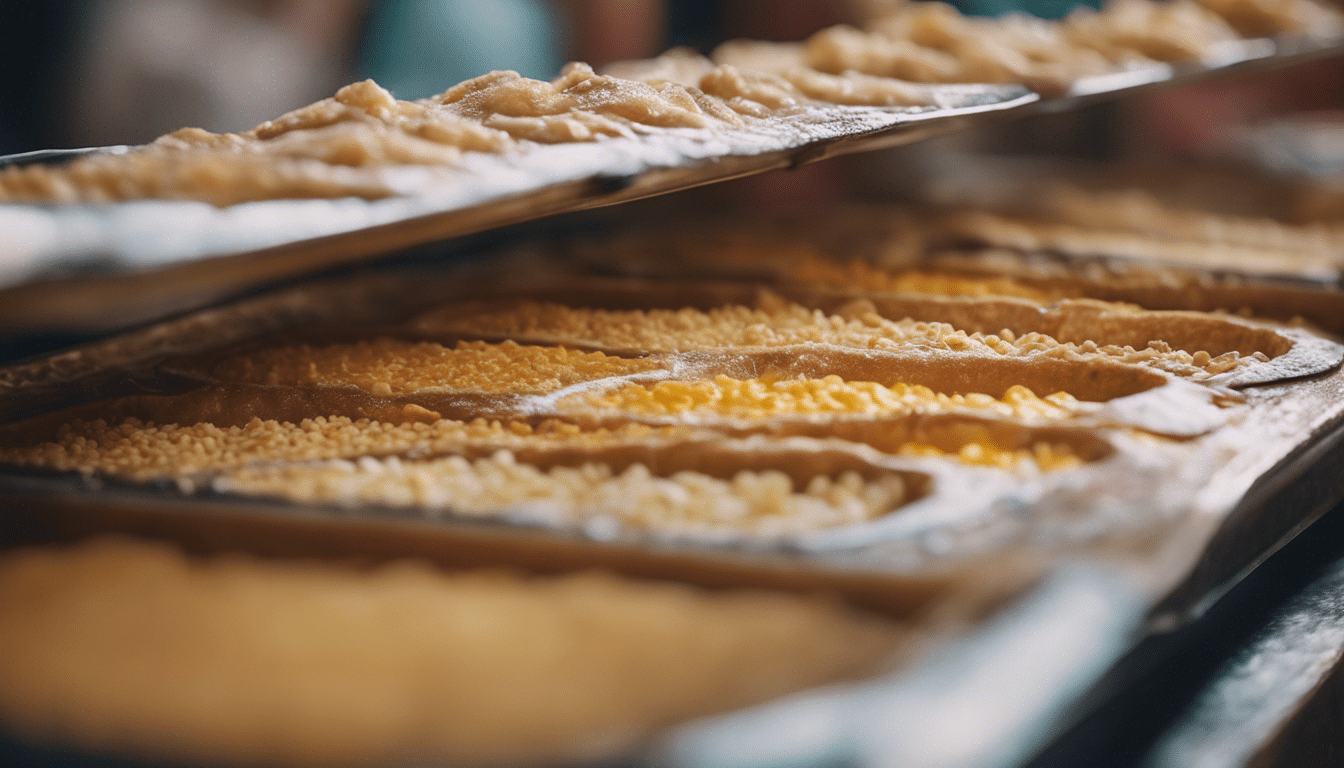
Traditional Moroccan Pastilla Fillings: Exploring the Poultry Variation: Chicken and Pigeon Fillings
Embark on a sensory journey into the heart of traditional Moroccan cuisine, where the pastilla soars high on a culinary pedestal. This iconic dish presents an exquisite union of textures and flavors, wrapped in layers of whisper-thin pastry, forming an unforgettable gastronomic experience. Within the realm of pastilla, the poultry variation holds a special place, featuring esteemed fillings of both chicken and pigeon, seasoned with an aromatic blend of spices.
In traditional circles, the art of preparing a pastilla’s filling is almost sacred, reflecting the rich tapestry of Moroccan cultural and culinary heritage. To savor a chicken pastilla is to taste a mosaic of flavors – succulent meat infused with herbs and a subtle sweetness, which competes for your palate’s affection in every decadent bite.
Chicken Filling: A Feast for the Senses
In the family of pastilla fillings, chicken reigns supreme, offering a more accessible but equally venerable alternative to the rarer pigeon. The confluence of textures and flavors begins with chicken that’s been patiently simmered, soaking up a medley of spices, including cinnamon, turmeric, and ginger, along with the warmth of saffron threads that tint both the meat and the broth with their golden hue.
Oftentimes, the chicken is removed and shredded, then tossed back into the richly seasoned sauce, now thickened with ground almonds and perhaps a hint of orange flower water. The resulting concoction is not just a filling, but a celebration of senses, layered within the pastry’s embrace to create a centerpiece worthy of the finest Moroccan tables.
Pigeon Filling: A Delicacy of Elegance
The mention of pigeon pastilla often evokes images of lavish Moroccan feasts where authenticity and opulence collide. This filling is seen as a more traditional, albeit less common, choice compared to chicken. Pigeon, known for its dark, tender meat, is paired with a similar spice palette but brings a distinctive, gamier undertone to the dish.
As with chicken, the birds are slowly stewed until the flesh effortlessly succumbs to a gentle nudge. It’s then intertwined with powdered sugar and almonds, creating a flavor profile that dances on the edge of savory and sweet, exhibiting the complexity that Moroccan cuisine is known for. The rare taste of pigeon, encased in the crispy pastilla shell, serves as a reminder of the dish’s roots in regal banquets and the culinary decadence of times past.
Whichever filling graces your pastilla, the poultry variation remains a testament to Morocco’s rich culinary heritage. The act of crafting this dish – from the careful spicing of the filling to the delicate folding of the pastry – is one of patience and, dare we say, love. Whether you’re savoring a slice in a bustling Medina or cooking up a storm in your kitchen inspired by travels, the pastilla is a joyous celebration of all that Moroccan cuisine has to offer.
Now, how does one capture this essence in their own kitchen? Begin with the freshest ingredients, select your poultry, and consider the journey from pot to pastry as an adventure in flavors. Embrace the process, and you’ll find your pastilla not just a meal, but a story on a plate, an edible tapestry woven with tradition and taste. Bon appétit, or as they say in Morocco, besseha!

